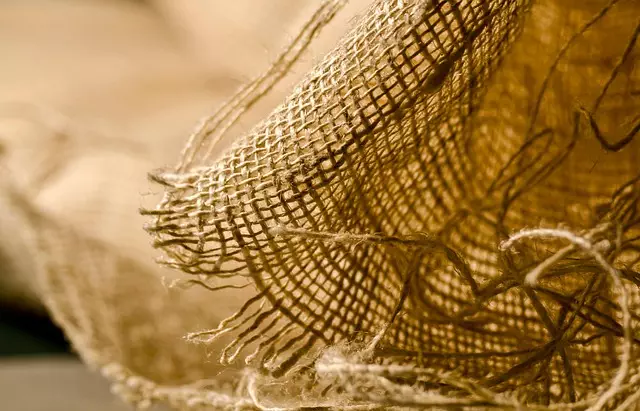Tendonitis, an inflammatory condition affecting tendons, is often caused by overuse. Neither kratom nor marijuana directly cause tendonitis, but chronic inflammation from prolonged use may worsen symptoms. Recognizing early signs like tenderness and reduced range of motion is crucial for effective management. This text explores the use of natural remedies like kratom and marijuana for tendonitis treatment, highlighting their differences in origin, mechanism (kratom's opioid-like effects vs. cannabis' interaction with the endocannabinoid system), side effects, and legal considerations. Combining these alternatives with conventional treatments requires personalized advice from healthcare professionals to balance risks and benefits.
Tendonitis, a painful inflammation of tendons, affects millions globally. Understanding its causes and symptoms is the first step towards effective treatment. This article delves into the world of tendonitis management, exploring both natural remedies and conventional approaches. We analyze the potential of alternative treatments like kratom and marijuana use, weighing their benefits against each other. Additionally, conventional medical options and rehabilitation techniques are discussed for comprehensive healing.
- Understanding Tendonitis: Causes and Symptoms
- Natural Remedies: Exploring Kratom and Marijuana for Treatment
- Conventional Approaches: Medical Options and Rehabilitation Techniques
Understanding Tendonitis: Causes and Symptoms

Tendonitis is an inflammatory condition affecting the tendons, the strong bands of tissue that connect muscles to bones. It’s often caused by repetitive strain or overuse, making athletes and individuals with physically demanding jobs more susceptible. While Kratom and marijuana use have been associated in some cases, neither is directly responsible for tendonitis. However, chronic inflammation from prolonged use could potentially exacerbate existing tendonitis symptoms.
Symptoms typically include tenderness, pain, and swelling at the affected tendon’s attachment point. This can lead to stiffness, reduced range of motion, and even a bony protrusion known as a “node.” The most common areas affected are the elbow (tennis or golfer’s elbow), wrist, shoulder, or Achilles tendon. Recognizing these early signs is crucial for effective management before the condition worsens.
Natural Remedies: Exploring Kratom and Marijuana for Treatment

Many people are turning to natural remedies in the search for tendonitis treatment, and two substances that have gained attention are kratom and marijuana. Both have been used for their potential pain-relieving properties, but there are distinct differences between them. Kratom, a tropical plant extract, is known for its opioid-like effects, acting as a mild analgesic to reduce pain and inflammation. It can be consumed in various forms, such as powder, capsules, or tea, offering a range of options for individuals seeking alternative treatments.
On the other hand, marijuana, or cannabis, has been studied extensively for its medical benefits, including its anti-inflammatory and analgesic properties. Active compounds like THC and CBD work together to provide pain relief, reduce swelling, and potentially speed up recovery. However, the Kratom vs marijuana use debate persists, as both substances have their own set of side effects and legal considerations. It’s crucial for individuals considering these options to consult healthcare professionals for personalized advice.
Conventional Approaches: Medical Options and Rehabilitation Techniques

Tendonitis treatment often involves a combination of conventional medical options and rehabilitation techniques to alleviate symptoms and promote healing. One common approach is the use of nonsteroidal anti-inflammatory drugs (NSAIDs) such as ibuprofen or naproxen, which can help reduce pain and inflammation. Cortisone injections are another option, offering swift relief but potentially carrying side effects with long-term use. Physical therapy plays a crucial role, focusing on exercises to strengthen tendons and improve flexibility. Rest and ice packs are initial go-to measures to manage acute tendonitis.
In recent years, there’s been growing interest in alternative treatments, notably differentiating between Kratom vs marijuana use for tendonitis. While both substances have anti-inflammatory properties, they act differently. Kratom, derived from the Mitragyna speciosa plant, is known for its pain-relieving effects and may offer a more natural approach to managing tendonitis symptoms. Marijuana, on the other hand, contains THC that interacts with the endocannabinoid system, potentially reducing inflammation but also carrying risks of long-term use. As such, it’s important to consult healthcare professionals before considering these options as part of a comprehensive tendonitis treatment plan.
Tendonitis treatment options vary, from natural remedies like exploring Kratom or marijuana use for pain relief, to conventional medical approaches including physical therapy and corticosteroid injections. When considering Kratom vs marijuana for therapeutic effects, it’s crucial to understand their unique properties and consult healthcare professionals for personalized advice. Ultimately, the best approach depends on individual needs and severity of symptoms, aiming to alleviate discomfort and promote tendon healing for a full recovery.






